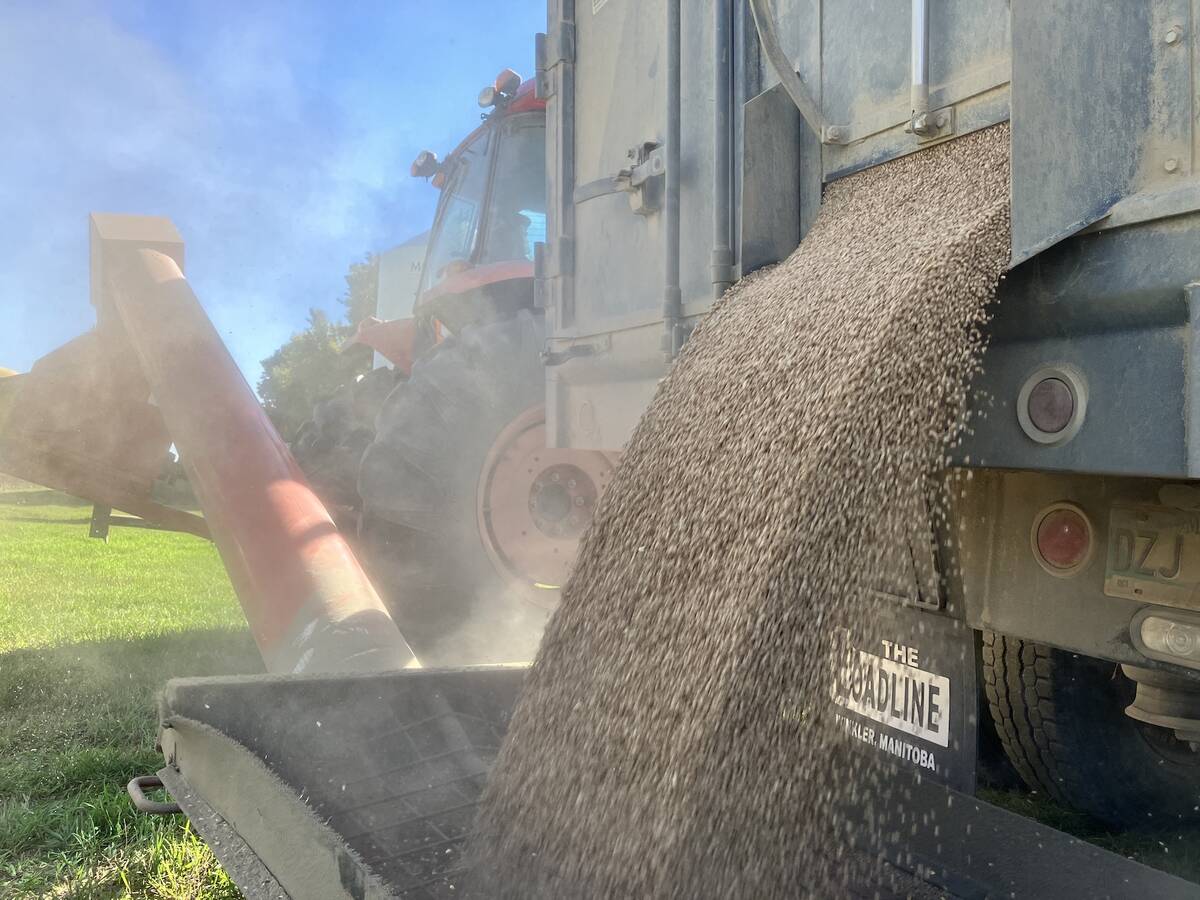The Canada Grain Act has a dual mandate: to regulate and safeguard the handling and quality of Canadian grain, and to do so in the interests of grain producers.
Most farmers are aware of the Act’s provisions that defend their interests at primary elevators – independent arbitration of disputes and producer payment protection, for example – but what of quality regulation in the producer interest?
Historically, Canada’s quality assurance regimen was comprehensive. Public seed programs developed new varieties bred specifically for farmer and customer requirements. Varietal registration approved new strains only when proven better, not merely equal, to existing varieties.
Read Also

Riding market swings can add farm profit
Regular price trends in the grain market can help farmers pinpoint how and when to sell their grain with more confidence, analyst says
Canadian Grain Commission (CGC) primary, inward and outward inspection assured domestic and export customers that Canadian grain was clean, safe and the approved variety. This quality regimen was so successful that cereals bearing the CGC’s Certificate Final became the only exports not routinely re-inspected at world ports, sufficiently distinguishable – as “branded” by the Canadian Wheat Board – to command premiums in global markets.
Moreover, producers retained ownership of most exports through the Pools and UGG, and controlled cereals through the CWB, with grain handlers contracted as agents of the board.
But that was then. Today, CGC oversight is reduced to a handful of points in the system. Farmer-owned grain handling has almost disappeared and the CWB’s ownership and control role has been abolished.
Instead, grain companies own almost all grain from the moment of delivery and an increasing portion of exports is contracted by specification rather than CGA official grades. Tellingly, price premiums, once the hallmark of Canadian sales, are effectively dead.
Given these changes and the end of farmer grain ownership, what is the future of CGC quality regulation in the producer interest? Should farmers even be entitled to a voice?
There are three important reasons why the CGC role must continue, even be expanded.
First, the reduced status of Canada’s export quality is not a static condition. Just as it has declined to its current state, it can decline further. In fact, transnational grain companies enjoy a positive inducement to nudge this process along by eliminating the distinctive qualities of Canadian grain.
As the University of Saskatchewan’s Darrell McLaughlin observed in 2007, “If grain buyers are able to reduce world sources of wheat to uniform equivalents (at least in the eyes of consumers) then they are able to source their commodities from around the world and force farmers to compete not only with their neighbours but also on the other side of the globe.”
Only a small portion of world wheat exports enjoy prime milling and baking qualities in world markets. For Canadian producers, further travel down the road to lower quality – undifferentiated commodity production – will be disastrous.
Secondly, there is no substitute for the CGC’s public regulatory role. Though the private trade has established impressive research facilities like Richardson Pioneer’s recently opened Innovation Centre in Winnipeg, the trade’s efforts, no matter how sophisticated, are dedicated to its shareholders, not to producers as are the CGC’s.
Finally, beyond quality, there remains the overarching issue of industry control. Former Manitoba National Farmers Union leader Fred Tait used to say of the hog industry during its transition away from single desk marketing, “there’s going to be supply management in the hog industry. The question is who will control it, farmers or processors?”
Tait’s comment was prescient and the same conversion – to contract farming – is happening in grain. Already we’ve seen the growth of one-sided grain contracts. And the more grain companies control the specs, the more they can dictate other rules in a system that will look more and more like hogs, or chicken farming in the U.S., where semi-indentured farmers supply land, labour and equipment but big buyers control every element of the market.
That kind of power dictates who sells how much of what in a market whose aggregate contours are not only qualitatively, but quantitatively – viz. management of supply – determined by the same giant firms the CGC was created to regulate.
These dystopian visions of grain farming’s future – undifferentiated commodity production, private quality regulation, contract farming – are just a more technologically sophisticated iteration of the lopsided power relations of the pre-Canada Grain Act era. Grain ownership matters! Farmers should beware industry efforts to further erode the Act’s mandate to assure quality in the producer interest.
– Bruce Dodds has been a membership organizer for various farm organizations, most notably the Agricultural Producers Association of Saskatchewan and the Hudson Bay Route Association, and Cameron Goff farms near Hanley, Sask.















